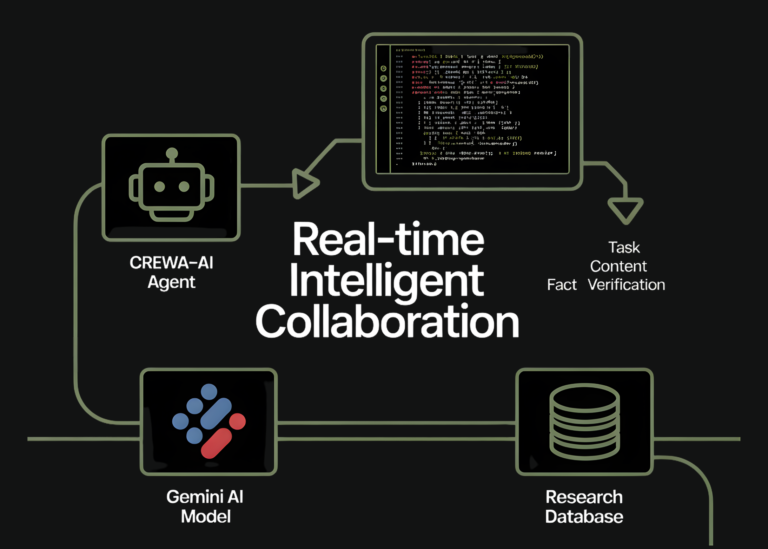AI Tools for Analyzing Financial Statements: Revolutionizing Financial Insights
In today’s data-driven world, financial statements serve as the backbone of business decision-making, offering critical insights into a company’s performance, liquidity, and profitability. However, analyzing these documents—comprising balance sheets, income statements, and cash flow statements—can be time-consuming, error-prone, and complex. Enter artificial intelligence (AI), a transformative force reshaping how financial data is processed, interpreted, and leveraged. AI tools for analyzing financial statements are not just streamlining workflows; they are unlocking deeper insights, enhancing accuracy, and enabling smarter strategic decisions.
The Evolution of Financial Analysis
Traditionally, financial analysis relied on manual data entry, spreadsheet modeling, and human expertise to identify trends and anomalies. While effective, this approach is limited by human error, scalability issues, and the sheer volume of data modern businesses generate. AI-powered tools, however, are changing the game by automating repetitive tasks, detecting patterns, and providing actionable insights in real time.
Key Applications of AI in Financial Statement Analysis
-
Automation of Data Entry and Processing
AI tools like robotic process automation (RPA) and machine learning algorithms can extract data from invoices, receipts, and financial reports, reducing manual input. Platforms such as QuickBooks and Xero integrate AI to categorize transactions, flag discrepancies, and generate summaries, saving hours of work. -
Anomaly Detection
Machine learning models analyze historical data to identify unusual patterns that may indicate fraud, errors, or inefficiencies. For example, IBM’s Watson can cross-reference transactions against benchmarks, alerting users to potential issues like inconsistent expense reports or unexpected revenue fluctuations. -
Predictive Analytics
AI excels at forecasting future financial performance by analyzing past trends. Tools like SAP Analytics Cloud use predictive modeling to anticipate cash flow challenges, revenue growth, or market shifts, enabling proactive decision-making. -
Natural Language Processing (NLP)
NLP algorithms decode complex financial reports, such as 10-K filings or earnings calls, extracting key metrics and sentiment. Platforms like FinBrain or Kensho (acquired by S&P Global) translate unstructured text into actionable insights, helping analysts quickly grasp market implications. - Risk Assessment and Compliance
AI tools assess credit risk, regulatory compliance, and investment viability by evaluating vast datasets. For instance, CreditSafe uses AI to analyze financial statements and generate credit scores, aiding lenders in making informed decisions.
Benefits of AI-Driven Financial Analysis
- Speed and Efficiency: Automating data processing reduces analysis time from days to minutes.
- Accuracy: Minimizing human error through algorithmic precision.
- Scalability: Handling large datasets and complex analyses that would overwhelm traditional methods.
- Actionable Insights: Providing real-time dashboards and scenario modeling to support strategic planning.
Challenges and Considerations
While AI offers immense potential, it is not without hurdles:
- Data Quality: AI relies on clean, structured data; poor input leads to unreliable outputs.
- Ethical and Privacy Concerns: Sensitive financial data must be protected from breaches.
- Human Oversight: AI lacks contextual understanding, requiring human experts to validate findings and interpret nuanced scenarios.
The Future of AI in Financial Analysis
As AI technologies evolve, their integration with blockchain, quantum computing, and advanced analytics will further enhance financial transparency. For example, AI could soon enable real-time, global financial monitoring or detect fraud at unprecedented scales. Additionally, explainable AI (XAI) will address transparency concerns, allowing users to understand how algorithms arrive at conclusions.
Conclusion
AI tools for analyzing financial statements are no longer a luxury but a necessity for businesses aiming to stay competitive. By automating routine tasks, uncovering hidden insights, and mitigating risks, these technologies empower finance professionals to focus on strategic initiatives. However, their success hinges on seamless collaboration between humans and machines, ensuring that AI augments—not replaces—expertise. As the financial landscape grows more complex, AI stands as a cornerstone of innovation, driving smarter, faster, and more informed decision-making.
In the end, the future of finance isn’t just about numbers—it’s about leveraging intelligence to turn those numbers into opportunities.







